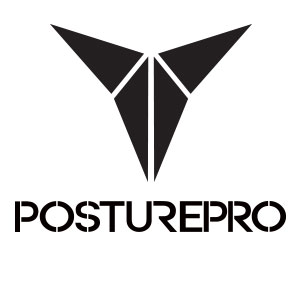The practice of posturology focuses on a set of elements in our bodies that together play a role in our alignment. Think about the position of your body and the way that you constantly push against gravity to stand in an upright position. Standing up may seem like a simple movement; however, the decisions to stand up, and stay up, send out signals throughout the body to keep you in a balanced upright position. If one of the areas receiving a message is injured or malfunctioning, the entire alignment of the body can be skewed or misaligned and therefore the basic functioning of the body can become difficult and/or painful.
In order to understand how Posturology works, it is important to understand the basics of how the human body preserves stability. External receptors, such as our eyes, ears, and skin, allow us to locate ourselves within our environment. Together with our internal receptors, the involuntary regulators of our bodies’ homeostasis, our brains send out messages to the muscles that are needed to perform desired actions. If any of our external sensors are malfunctioning or are in misaligned positions, our posture can be affected and pain can become present. Sometimes, the source of our pain is not simple or obvious and once our bodies have adapted to functioning with a disturbance, our entire bodies become pathologically imbalanced. Posturology aims to correct the errors present at the receptors’ sites to return the body to its proper equilibrium.
A “normal” posture is desirable for many reasons. As stated, a disturbance in one’s posture can affect the efficiency of certain parts of the body. “Normal” posture ensures that yours bones are where they are supposed to be and that you aren’t putting excess pressure in any areas. Your posture affects your mood, your sleeping patterns and your basic ability to function. A disturbance in your posture is a disturbance in your quality of life.
Posturology can help with cervical pain, back pain, osteoarthritis, scoliosis, pain in the lower limbs, numbness, migraines and fibromyalgia (to name a few). All of these disorders or symptoms can be directly related to a postural error. Certain postural positions affect the function of our muscles and limbs. Eventually, pain, stiffness, and decreased movement efficiency become present, and depending on the cause, any of the aforementioned disorders or symptoms become present. Without proper treatment, these symptoms or disorders can become chronic.
Posturology is responsible for allowing thousands of individuals to live happy and pain-free. Thankfully, Dentists, osteopaths, chiropractors and sports therapists are among the students that have adopted the Posturology practices are spreading their knowledge to others and popularizing Posturology as a successful method of pain-relief in both Canada and the United States.

